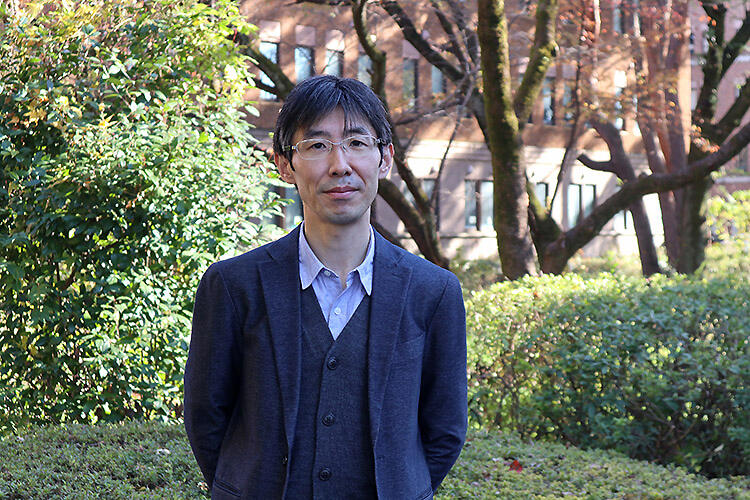
The ancestral science museum appeared in Europe late 18th century, and later, as they spread and developed across the world, their purposes, roles, and exhibition methods changed. For what purpose were science museums built in the first place, and what have they done to date? What will new science museums like Miraikan aim for in the future with changes in the surrounding social environment? We ask Nobumichi Ariga of Hitotsubashi University, a historian of science who has experience in research and exhibit production at the National Museum of Nature and Science, about the history of science museums and how they will be going forward.
An origin of "collecting objects"
There are a variety of science museums in Japan. Some are large science museums that deal with overall science and technology. Some specialize in industrial technology such as transportation and communication or local industries, and others focus on science education. As a result, they are public facilities (institutions) that are very familiar to us. So, what is a "science museum"? What types of science museums are there, and how have they developed?
We asked these questions to Nobumichi Ariga of Hitotsubashi University. Ariga is a historian and has experience in research and exhibit production as an employee of the National Museum of Nature and Science.
"What is a 'museum' in the first place? Many people think that it is a place of exhibitions, but from a historical perspective, museums originate from collecting, that is, gathering various objects. The history of museums began with that of collection, like a display of paintings and artworks collected by historical royalty and nobility became an art museum."
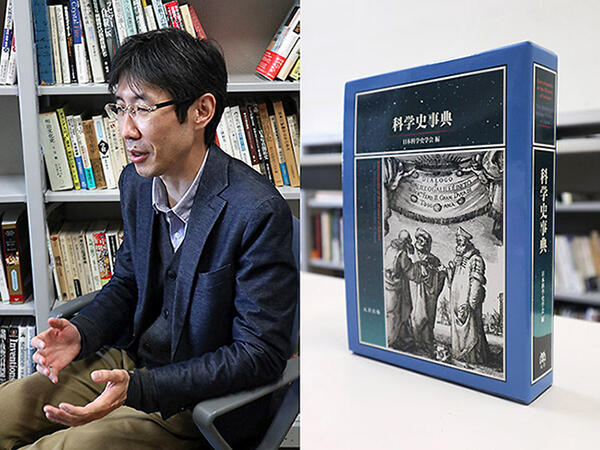
The International Council of Museums (ICOM), that has worldwide participation, defines a museum as "a permanent institution which acquires, conserves, researches, communicates and exhibits the tangible and intangible heritage of humanity and its environment." "Acquisition and conservation" are the most basic functions of a museum. Among all museums, those that deal with natural science are broadly called "science museums."
Two paths: natural history and science and technology
Ariga goes on, explaining that science museums have two main paths: "natural history museums" and "science and technology museums". Natural history museums, the former, focus mainly on objects seen in the natural world, such as animals, plants, minerals, and fossils.
"The Western, or Christian, worldview is based on the idea that God created everything in the natural world, so collecting and learning about nature was a meaningful activity in itself."
They say that the British Museum, established in 1753, ushered in the museums of today as public facilities. When it opened, it already had tens of thousands of natural history specimens in addition to donated manuscripts and artworks. This department became independent and eventually became the present Natural History Museum in London. Also, in France, the Royal Botanic Gardens was changed to the Musée National d'Histoire Naturelle after the Revolution, which became an important center for biological research, where many prominent researchers gathered. Lectures targeting the general public were already taking place.
On the other hand, science and technology museums, another type of science museum, originated in the (World) Exposition that started in the 19th century.
"The 19th century was when various new technologies, like the invention of the steam engine and electricity, emerged. Expositions were started to collect and show technologies that could be applied to the industry based on these breakthroughs. It is imaginable that science and technology museums have their origin when these expositions became permanent facilities."
Typical science and technology museums in the early days include the Musée des Arts et Métiers (1794), established after the French Revolution, and the South Kensington Museum (1857, later divided into the Science Museum and the Victoria and Albert Museum), established after the first EXPO London. These museums dealt with "technology" as an application of science, such as machinery and electricity.
One landmark of science and technology museum history is the Deutsches Museum, which opened in Munich in the early 20th century. The museum introduced full-scale, hands-on exhibits for the purpose of technical education.
"They thought that there was no point in exhibiting something that did not move. The exhibits were even designed for the visitors to move and understand the underlying mechanisms, not just for exhibitors to move them. It was the beginning of what is known as the 'dynamic exhibit.'"
Thus, the two types of science museums ― the natural history museum and the science and technology museum ― have different origins. Still, both started with collection and preservation, or "collecting objects."

Right: The Deutsches Museum, a science and technology museum completed in Munich in 1925, introduced visitor-participation exhibits in earnest.
The emergence and development of the "science center"
In the 20th century, a new type of science museum appeared, different from natural history museums and science and technology museums. It is called "science center", and many of Japan's "science museums" fall into this category. It developed significantly especially after World War II, and the most well-known example of this type is thought to be the "Exploratorium" (1969), which opened in San Francisco. Its feature is that is doesn't emphasize "collection and preservation," which are the basic functions of a traditional museum. On the other hand, it introduced hands-on exhibits that visitors can touch and feel and experience-based exhibits that combined science and art, presenting a new form of science museum where visitors could understand through experience.
"The main feature of the science centers is that their exhibits explain principles and concepts instead of objects. They differ from natural history museums in terms of targets, focusing on physics and chemistry rather than biology and geology. They also differ from science and technology museums in that they emphasize scientific knowledge, principles, and laws, rather than showing technology itself."
Ariga believes that the "dreams" towards science and technology at the time drove the development of science centers.
"The postwar era was when there was a dream that 'science and technology would bring about a new development.' We can say that Japanese science museums have also played a role in spreading scientific knowledge, linking up with school education."
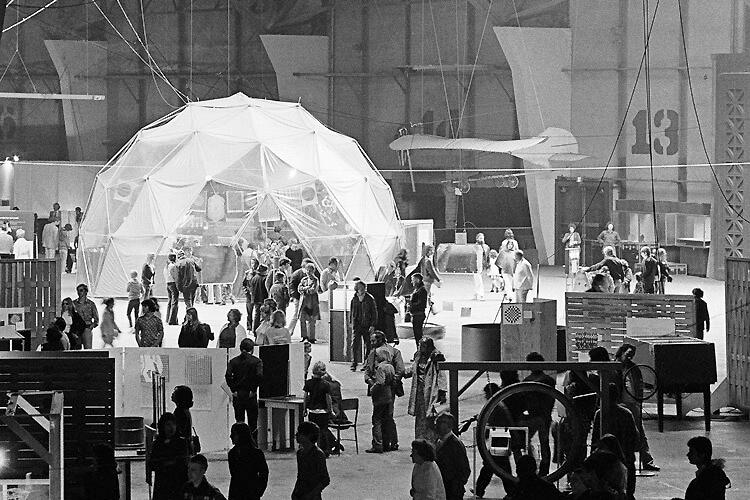
© Exploratorium, www.exploratorium.edu
Miraikan deals with "the present and beyond"
An institution in Japan that is representative of these "science centers" is Miraikan. However, Ariga believes this is a classification from the perspective of "whether it has a collection or not" and that Miraikan is different from a science center in a narrow sense.
"The English name for Miraikan is 'The National Museum of Emerging Science and Innovation,' which has the word 'emerging' in it. I mean, my thought is that the subject of Miraikan is today's science and technology, which is currently emerging, and what it will bring in the future."
He also thinks that Miraikan has been trying to convey "things yet to be known."
"I think Miraikan emphasizes things we are about to know or yet to know, rather than things we already know. The science and technology exhibits at the National Museum of Nature and Science, where I used to work, are objects-centric and cover the 'past and present,' whereas Miraikan deals with the 'present and beyond.'"
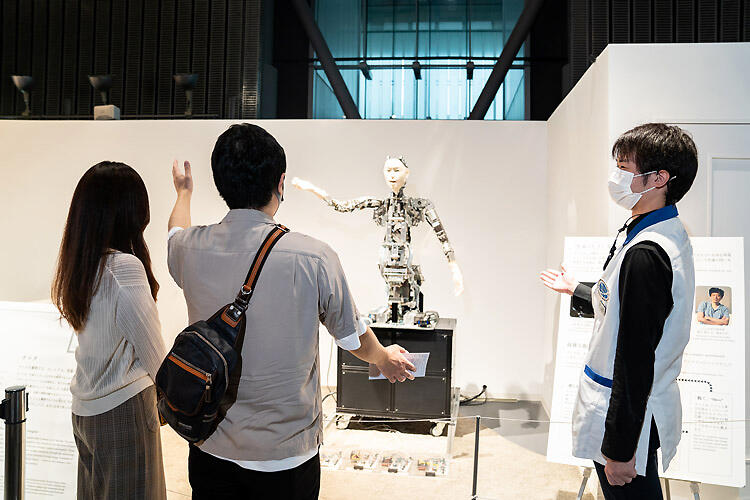
"Physical experience" is a challenge
As a science museum that "deals with beyond the present," Miraikan has proactively taken initiatives different from those of conventional museums. Among them are the initiative in which visitors/researchers and Science Communicators (SCs)/staff think together through Miraikan's exhibitions and events, and "Research Area," where researchers have their laboratories in the museum and conduct research activities through dialogue with visitors and SCs. Will this attitude of "creating together" become a way of life for science museums in the future?
"I think such a direction is likely. For example, when you visit an aquarium, you can see people working in the tanks. It would be interesting to be able to show what researchers are doing in the same way."
Ariga points out that there are also challenges to face at the same time. Science museums have expanded the scope of exhibits from "objects" to "principles and concepts" and now to "activities." He says that, amid this shift, digital technology's rapid development is likely to greatly change how exhibits ought to be.
"For example, as video technologies such as virtual reality and digital archiving technologies develop, people may say that they don't need to go to a museum. If this happens, what will be the meaning of visiting a museum? I think the challenge is how to incorporate exhibits into the 'physical experience.'"
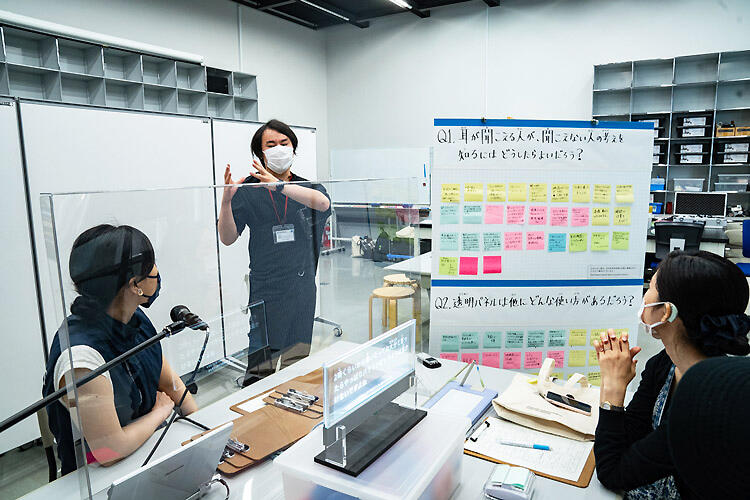
What's essential is an ever-changing consciousness
Science centers, which play a social-educational role, have been deeply linked to industrial promotion and innovation in terms of "introducing new technologies to society." Ariga says that the social conditions of each era have had a significant impact on what and how the science museum should communicate.
"The most significant social change for science museums is the shared recognition that the development of science and technology is not necessarily a positive thing for society. We need to think not only about the positive aspects that 'science and technology have advanced the human race,' but also about the negative aspects new science and technology may have."
Although what science and technology can do is undoubtedly expanding, it does not mean that science and technology can solve everything. On the contrary, it could cause problems. How should science museums express this delicate balance in the future?
"It will be necessary for museums to think seriously about how to shorten the distance between the site of research and development, and the general public, and what message should be delivered to the people who come to see the exhibits, in light of the changes in the social environment. Museums have always changed and will continue to change in the future. Being aware of this should be important."
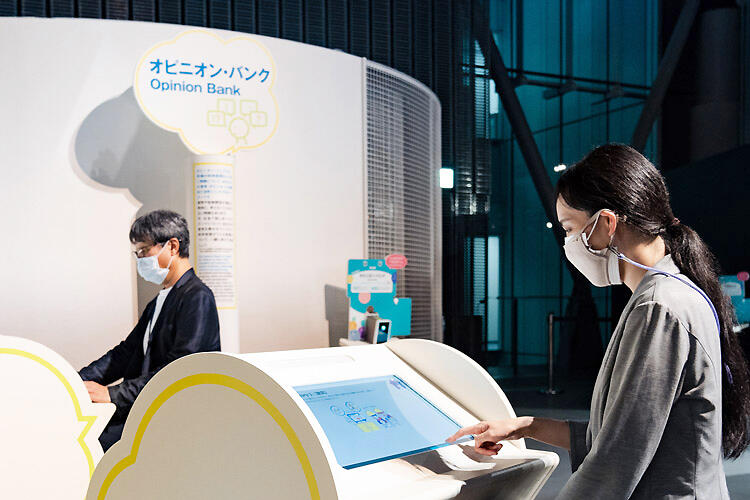
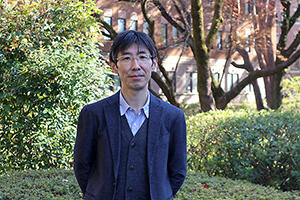
Nobumichi Ariga
After withdrawing from a doctoral course (philosophy and history of science) at Graduate School of Letters, Kyoto University, with Research Guidance Approval in 2010, he became a researcher at the Department of Science and Engineering of the National Museum of Nature and Science in 2013. He received his Ph.D. from Kyoto University in 2017 and has been in his current position since April 2021. He teaches and conducts research in the history of science at the graduate school and co-leads the curator qualification program.
Original article was provided by the Science Portal and has been translated by Science Japan.




